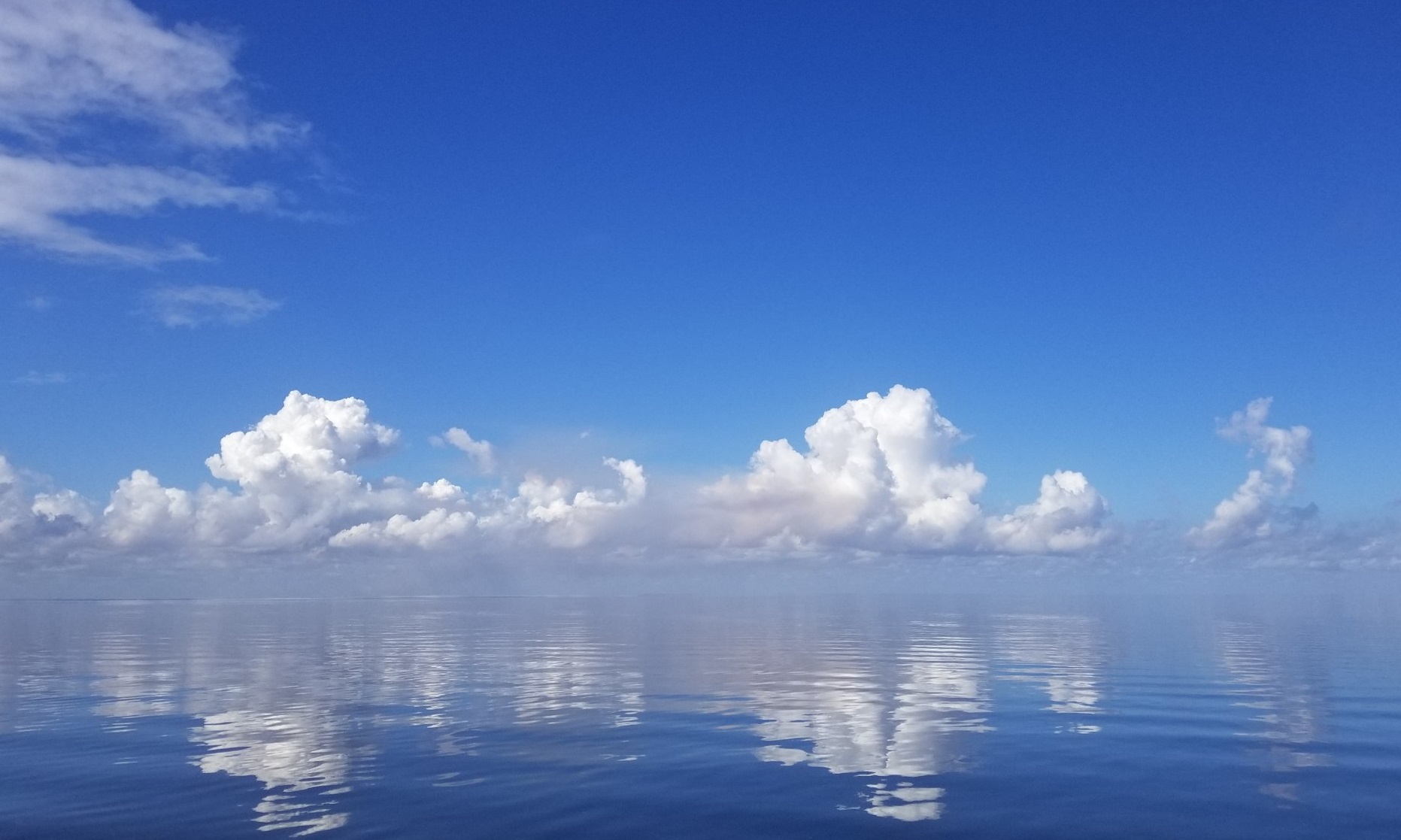
Welcome to Lake Okeechobee and the Okeechobee Waterway! Located in central and southern Florida, the 451,000 acre lake and 154 mile long waterway extends from the Atlantic Ocean at Stuart, to the Gulf of Mexico at Ft. Myers.
The waterway runs through Lake Okeechobee and consists of the Caloosahatchee River to the west of the lake and the St. Lucie Canal east of the lake.
Lake Okeechobee and the Okeechobee Waterway Project is part of the complex water management system known as the Central and Southern Florida Flood Control Project. The projects cover 16,000 square miles starting just south of Orlando and extending southward through the Kissimmee River Basin to the Everglades National Park to Florida Bay.